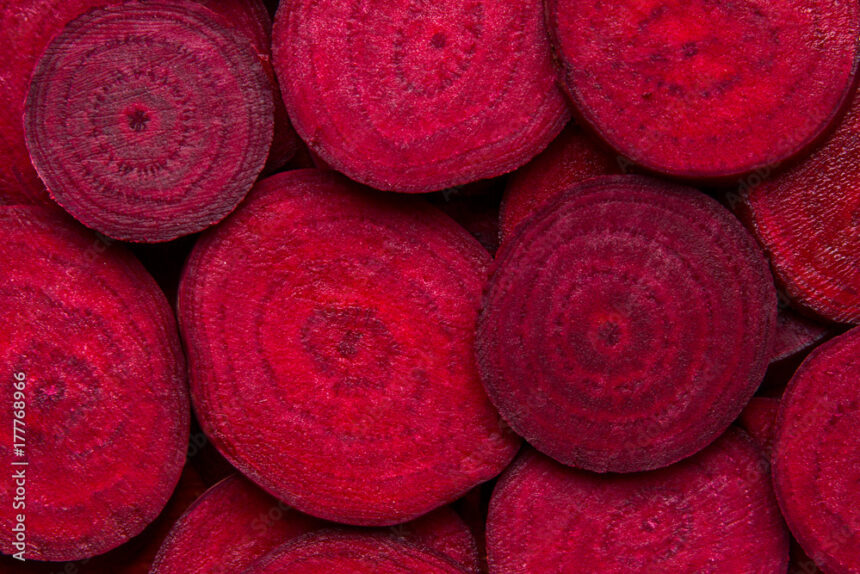Bacterial soft rot is a common disease in beetroot caused by various bacteria, including species of Pectobacterium and Dickeya. It can result in significant damage to the crop. Here are some symptoms of bacterial soft rot that you should look out for in beetroot:
- Softening and Discoloration: The affected beetroot tissue becomes soft and mushy. Initially, it may appear water-soaked, but later it becomes slimy and collapses easily upon touch. The color of the infected tissue may change to dark brown or black.
- Foul Odor: Bacterial soft rot often produces a foul odor, which is commonly described as rotten or putrid. If you detect a strong unpleasant smell coming from the beetroot, it could indicate bacterial soft rot.
- Water-Soaked Lesions: Infected beetroot may develop water-soaked lesions on the surface. These lesions often start small and expand rapidly, merging together to form larger areas of decay. The lesions are typically soft and may have a slimy appearance.
- Loss of Turgidity: As the bacteria cause tissue decay, the infected beetroot loses its firmness and turgidity. It may appear wilted or shriveled due to the destruction of the cell structure.
- Spreading Infection: Bacterial soft rot can spread from the initial site of infection to nearby beetroot or other vegetables if they are in close proximity. The rotting process can be rapid, causing significant damage to the crop.
It’s important to note that these symptoms may also be observed in other beetroot diseases or conditions, so it’s crucial to properly diagnose the issue. If you suspect bacterial soft rot in your beetroot crop, it’s advisable to consult with a local agricultural extension service or plant pathology expert for accurate identification and guidance on management strategies.
Join 'Farmers Mag' WhatsApp Channel
Get the latest Farming news and tips delivered straight to your WhatsApp
CLICK HERE TO JOIN






